前言
在现代的前端开发中,地图已经成为许多项目的核心功能之一。OpenLayers 是一个强大的开源地图库,它提供了丰富的功能和高度的定制化支持。在本篇文章中,我将向大家展示如何在 Vue 3 中使用 OpenLayers 绘制带有箭头的线条。
我们将实现以下功能:
- 在地图上动态绘制线条;
- 在线条的每段末端添加箭头;
- 箭头方向自动调整,以指示线条的方向。
实现效果
绘制的线条如下图所示,每段线条都带有箭头,箭头的方向与线段方向一致。

开发环境
- Vue 版本:3.x
- OpenLayers 版本:6.x+
- 其他工具:Node.js、NPM
项目代码
<!--
* @Author: 彭麒
* @Date: 2025/1/14
* @Email: 1062470959@qq.com
* @Description: 此源码版权归吉檀迦俐所有,可供学习和借鉴或商用。
-->
<template>
<div class="container">
<div class="w-full flex justify-center">
<div class="font-bold text-[24px]">在Vue3中使用OpenLayers显示绘制带有箭头的线</div></div>
<div id="vue-openlayers"></div>
</div>
</template>
<script setup>
import 'ol/ol.css';
import { ref, onMounted } from 'vue';
import { Map, View } from 'ol';
import Tile from 'ol/layer/Tile';
import OSM from 'ol/source/OSM';
import LayerVector from 'ol/layer/Vector';
import SourceVector from 'ol/source/Vector';
import Draw from 'ol/interaction/Draw';
import Point from 'ol/geom/Point';
import { Fill, Stroke, Style, Icon } from 'ol/style';
import arrow from '@/assets/OpenLayers/arrow.png';
const map = ref(null);
const source = new SourceVector({ wrapX: false });
const draw = ref(null);
const styleFunction = (feature) => {
const geometry = feature.getGeometry();
const styles = [
new Style({
stroke: new Stroke({
color: 'purple',
width: 2,
}),
}),
];
geometry.forEachSegment((start, end) => {
const dx = end[0] - start[0];
const dy = end[1] - start[1];
const rotation = Math.atan2(dy, dx);
styles.push(
new Style({
geometry: new Point(end),
image: new Icon({
src: arrow,
anchor: [0.75, 0.5],
rotateWithView: true,
rotation: -rotation,
}),
})
);
});
return styles;
};
const addInteraction = () => {
if (draw.value) {
map.value.removeInteraction(draw.value);
}
draw.value = new Draw({
source: source,
type: 'LineString',
});
map.value.addInteraction(draw.value);
};
const initMap = () => {
const raster = new Tile({
source: new OSM(),
});
const vector = new LayerVector({
source: source,
style: styleFunction,
});
map.value = new Map({
target: 'vue-openlayers',
layers: [raster, vector],
view: new View({
projection: 'EPSG:4326',
center: [113.1206, 23.034996],
zoom: 10,
}),
});
addInteraction();
};
onMounted(() => {
initMap();
});
</script>
<style scoped>
.container {
width: 840px;
height: 590px;
margin: 50px auto;
border: 1px solid #42B983;
}
#vue-openlayers {
width: 800px;
height: 470px;
margin: 0 auto;
border: 1px solid #42B983;
position: relative;
}
</style>
实现说明
-
地图初始化:
使用ol/Map和ol/View初始化地图,并添加瓦片图层(OSM)。 -
数据源和图层:
使用ol/source/Vector作为数据源,添加到矢量图层中。通过styleFunction实现动态样式。 -
绘图交互:
使用ol/interaction/Draw实现用户绘制线条的功能。 -
箭头样式:
每段线条的末端添加一个箭头,方向通过Math.atan2自动计算。
注意事项
-
箭头图标:
请确保您提供的箭头图标路径正确,并且图片具有透明背景。 -
坐标系:
示例使用EPSG:4326坐标系,具体可根据项目需求调整。
效果预览
完成以上代码后,运行项目,您将看到一个可交互的地图,支持绘制线条并自动添加箭头。
总结
本文介绍了如何在 Vue 3 中结合 OpenLayers 使用矢量图层和交互功能,实现绘制带箭头的线条。通过这种方法,您可以轻松实现诸如路径指示、流向显示等功能。
如果您有任何问题或更好的建议,欢迎在评论区讨论! 😊
如果您觉得这篇文章对您有帮助,请点赞、收藏和关注!谢谢支持! ❤️



















